Tumbao







.jpg)

.png)
.png)


.jpg)
.png)
.png)


.jpeg)










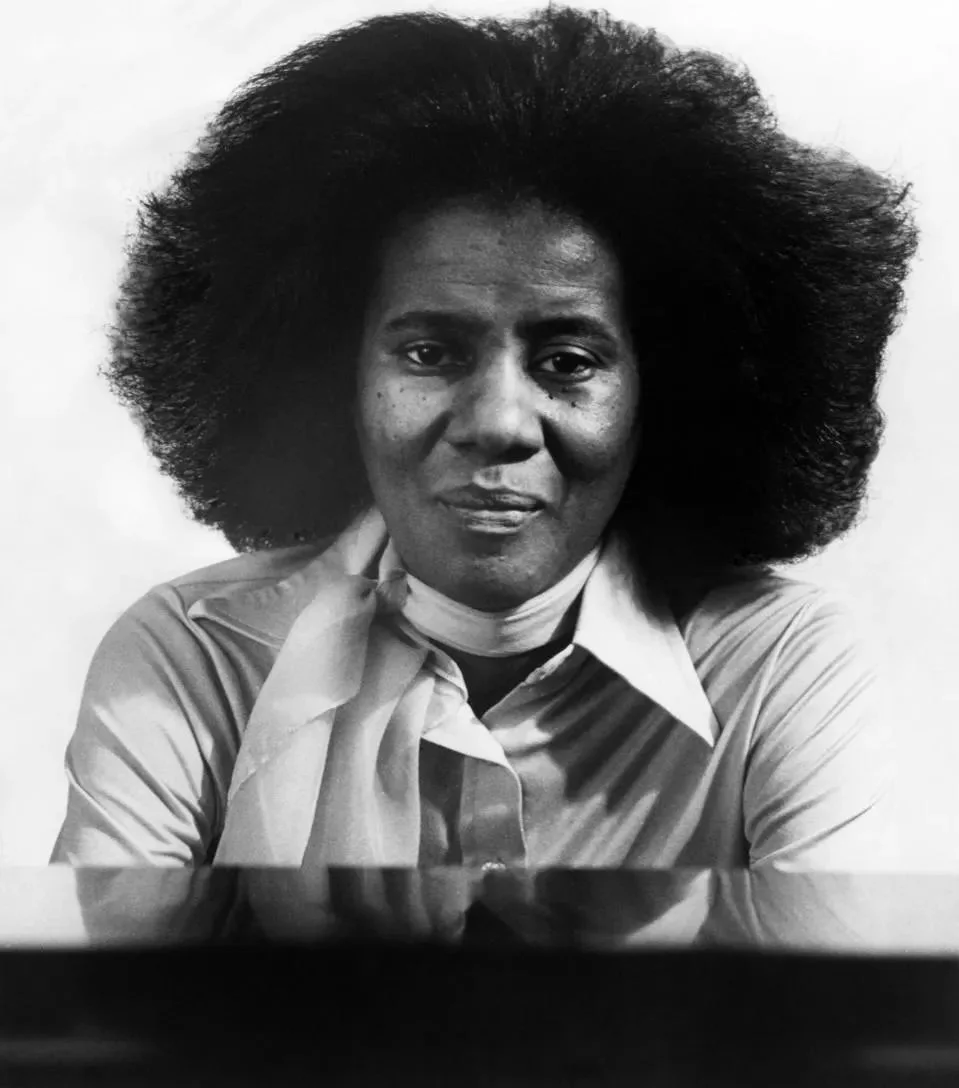








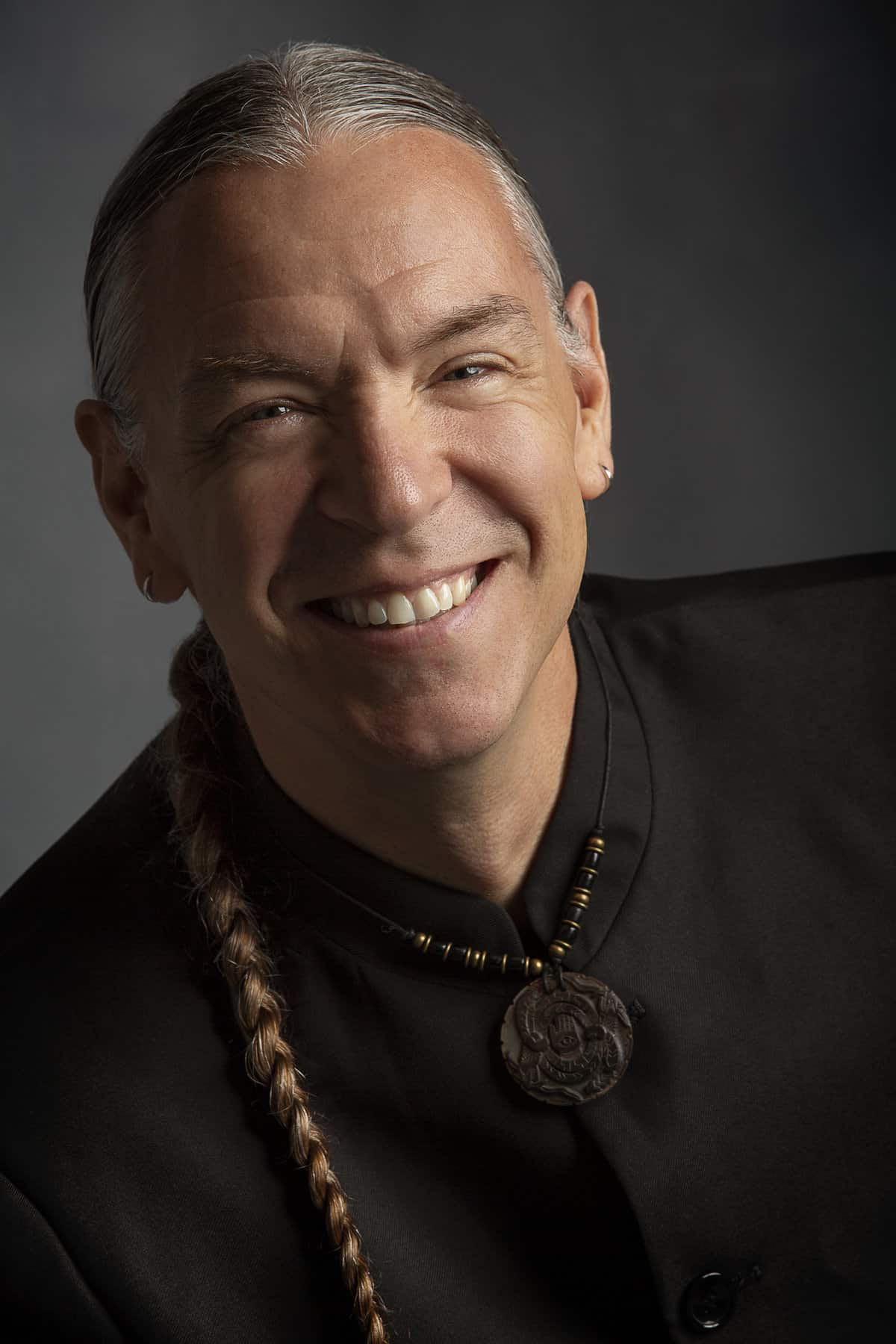
.webp)


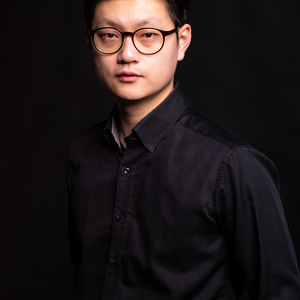
.jpg)

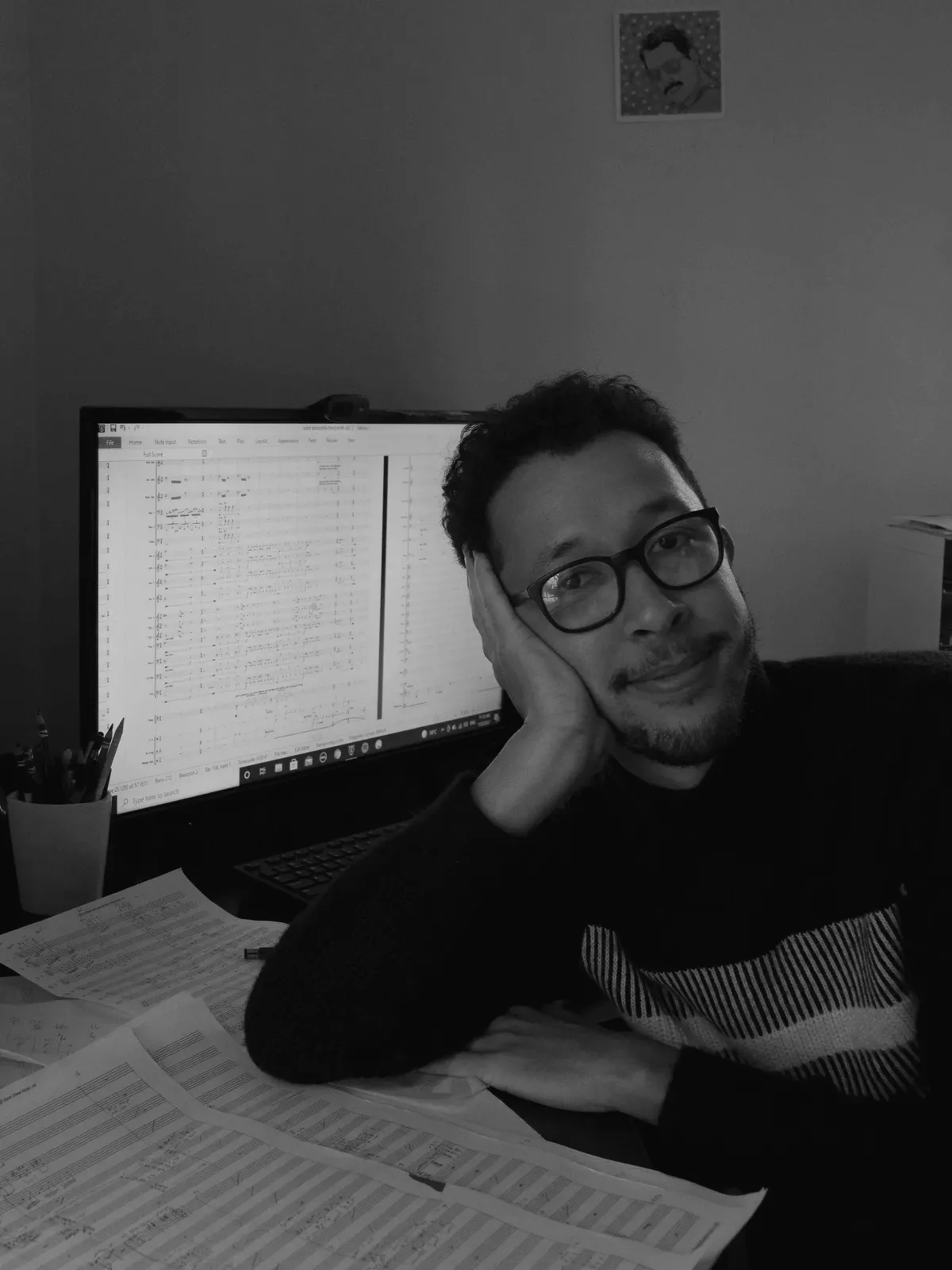
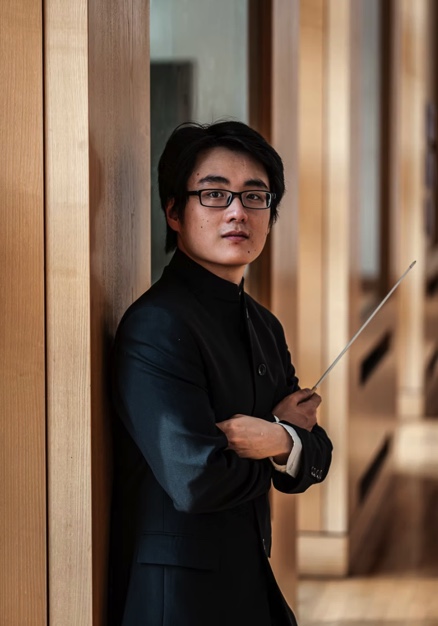


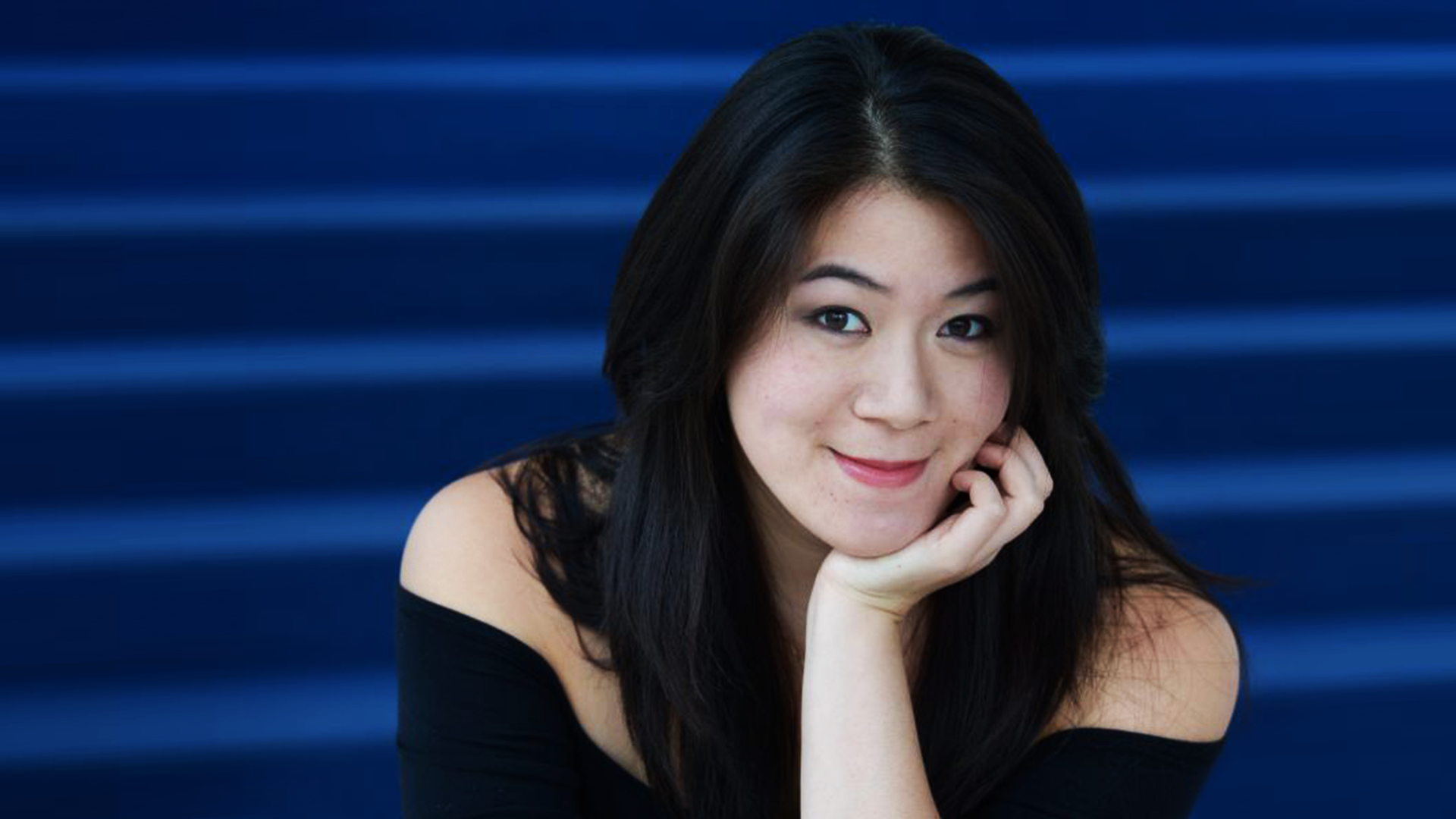
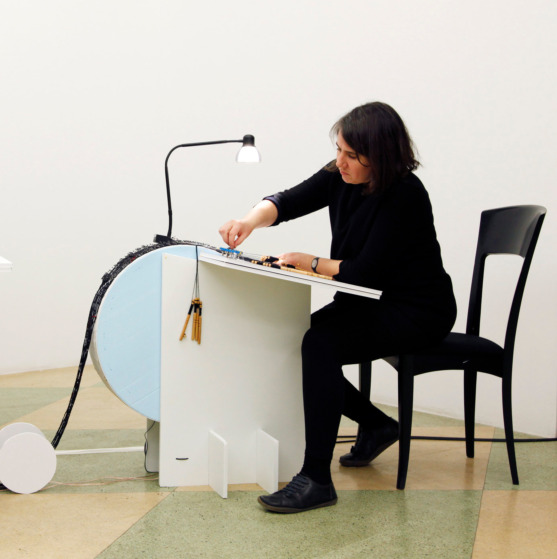

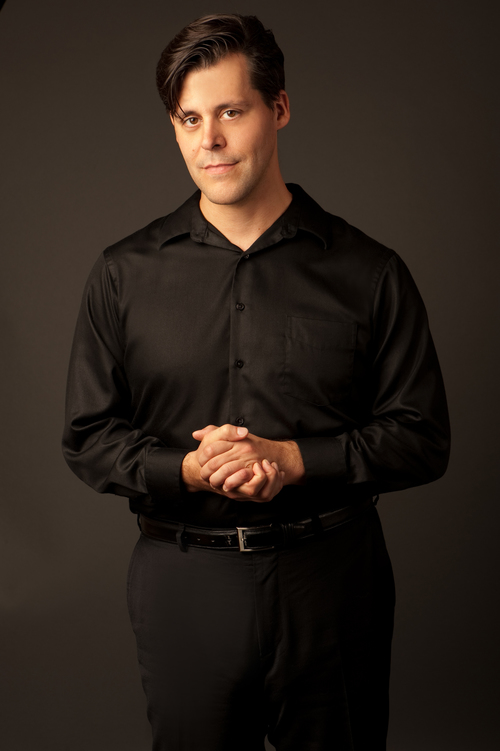
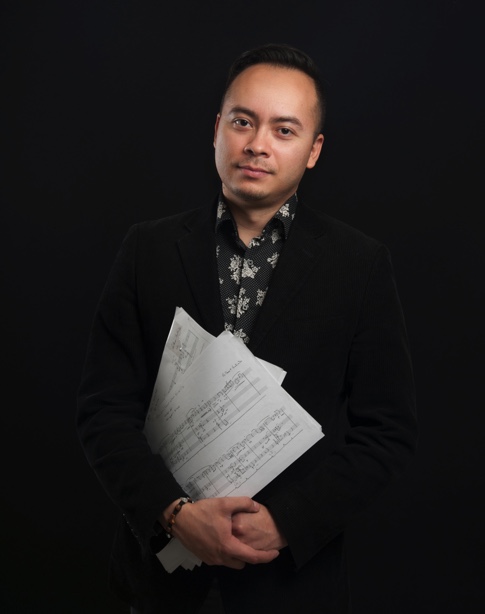













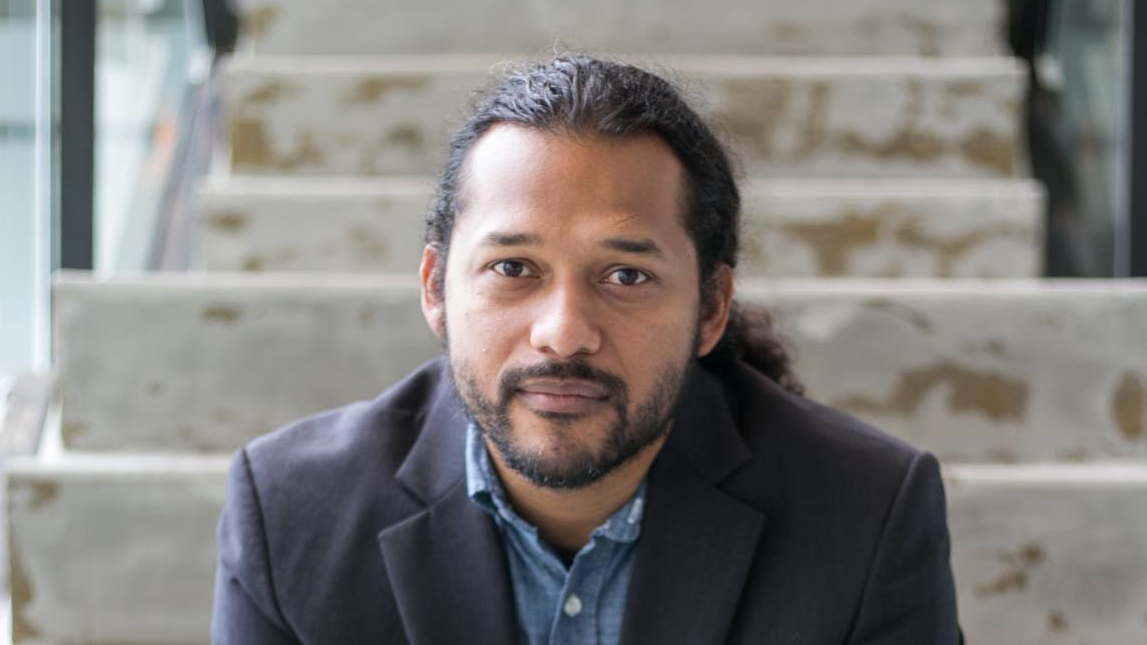

.webp)

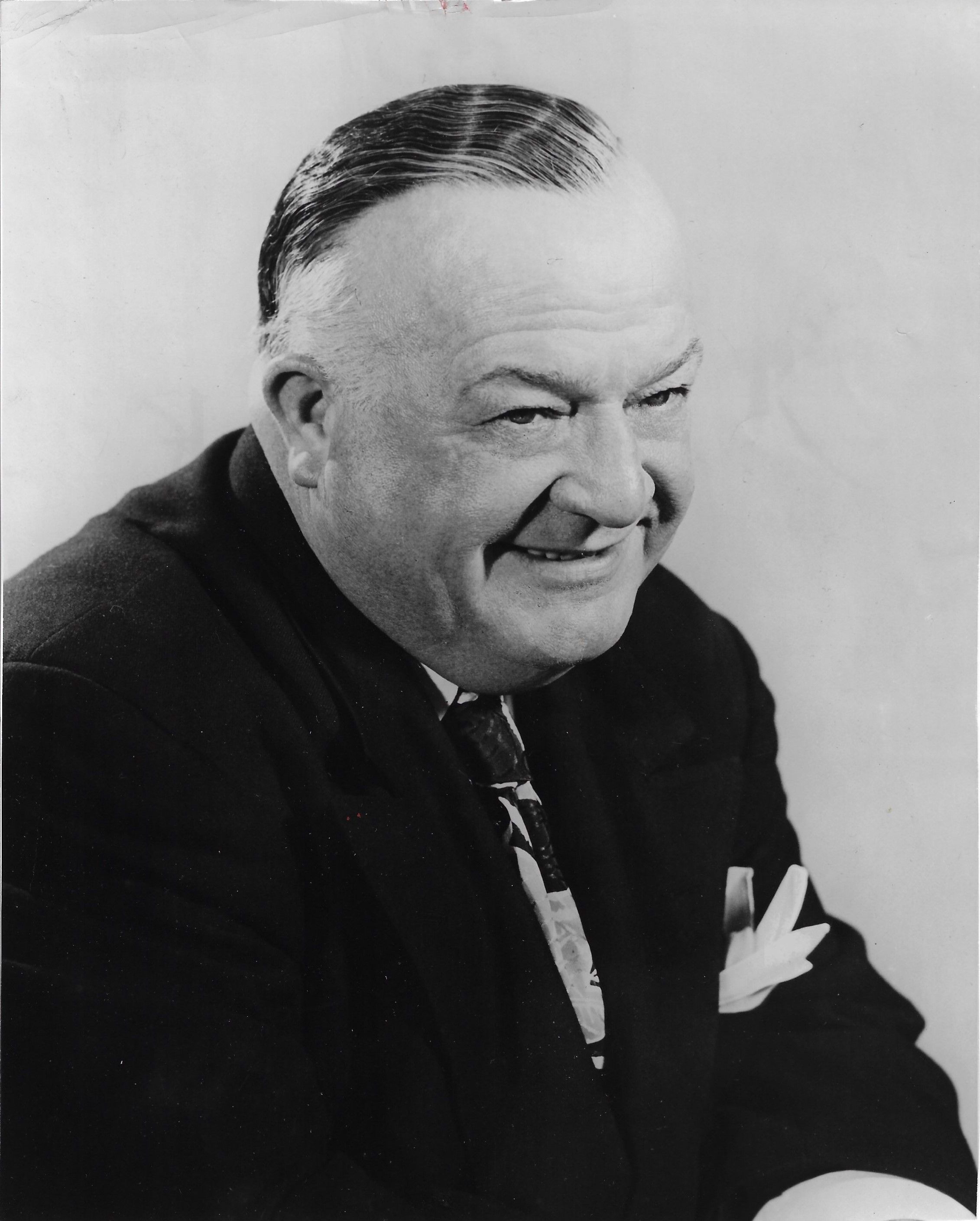




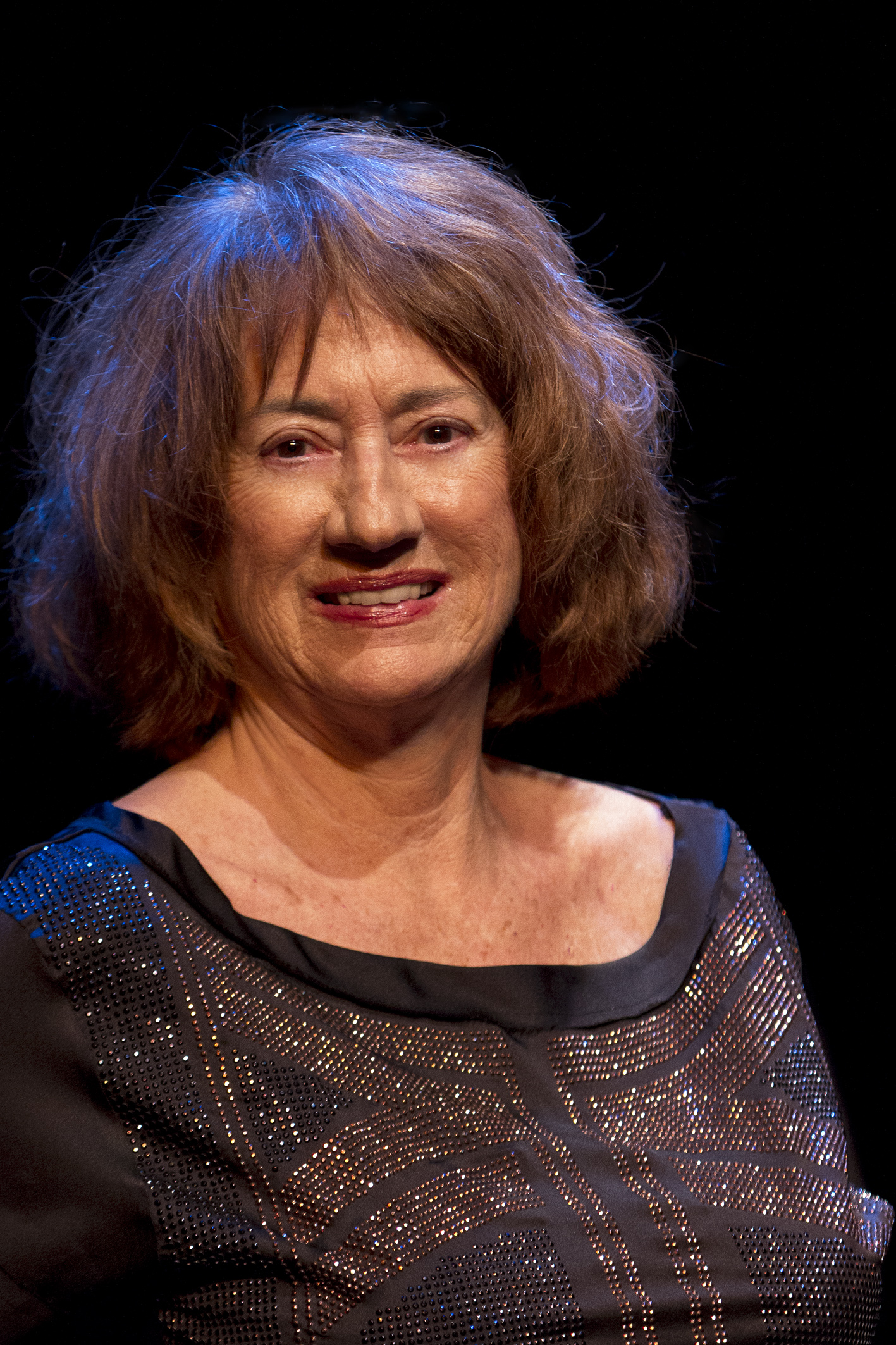




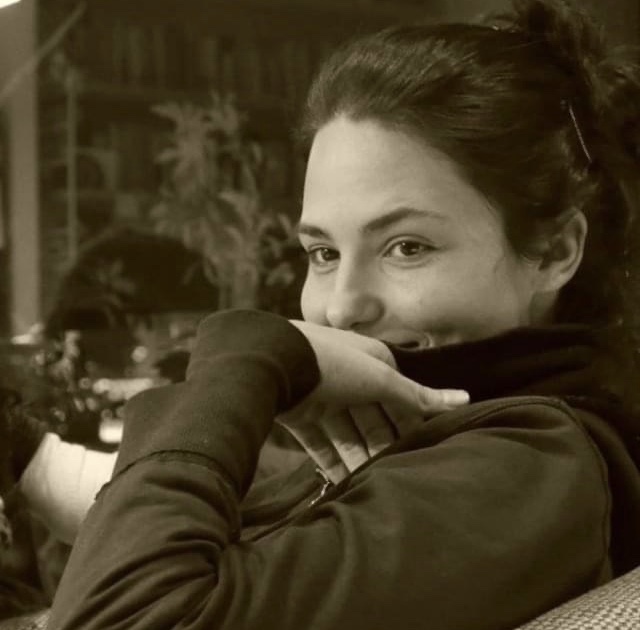



















From the composer: I grew up in a large Mexican family with great party dancers and I was the weird kid in the corner who thought he was too cool for dancing. After much verbal torment from my cousins throughout my teenage years, I decided to take up salsa dancing lessons. Despite my awkward beginnings, I started to really enjoy myself after a few months of practice. Suddenly, eager to partake in the mating rituals, I spent a summer visiting the local Latin Dance Club, aptly named TUMBAO, where I further proved myself to be a "true" Mexican. At the time, the three most popular genres of Latin Dance music were Salsa, Bachata, and Reggaeton, so each movement of this Latin Suite for Orchestra explores their musical possibilities. Having become acquainted to this music through dancing, it became extremely important to me that my music felt authentic, not just another Latin-inspired avant-garde classical music composition. Therefore, this music retains the catchy melodies and infectious rhythm of Salsa, Bachata, and Reggaeton. If you know your Latin Pop music from the early twenty-first century, you might even pick up a few references to great visionary Latin Singers such as Daddy Yankee, Romeo Santos, Oscar de León, among many others.
The term “Tumbao” refers to the basic rhythm played by the bass in Afro-Cuban genres of music. However, it is also a term that has become intricately associated with Latin culture. It is comparable to the word “swag” or “flow” and it can be used to define someone who has a lively vibe to them. It is a word that represents the spirit of Latino culture, one with an unmistakable lust for life.
Tumbao is published by American Composers Orchestra via EarShot: Advancing Equity through Publishing & Repertoire Development, made possible through support from the Sphinx Organization.
Conductor’s Performance Module
Educational module
Students explore popular Latin musical genres salsa, bachata, and reggaeton through introductions to Latin dance and audio production. They use the infectious rhythms and melodies to experiment with improvisation, finding groove and movement in the music of orchestras. The module considers how each Latin dance form is built and what distinguishes them stylistically, with a particular emphasis on the history of Afro-Cuban music and the ways that certain instruments create a sense of groove. Additional classroom strategies include references to popular recognizable songs that have been influenced by Latin music, a discussion of the social use of these dances, and an exploration of how they relate to students in the classroom.




